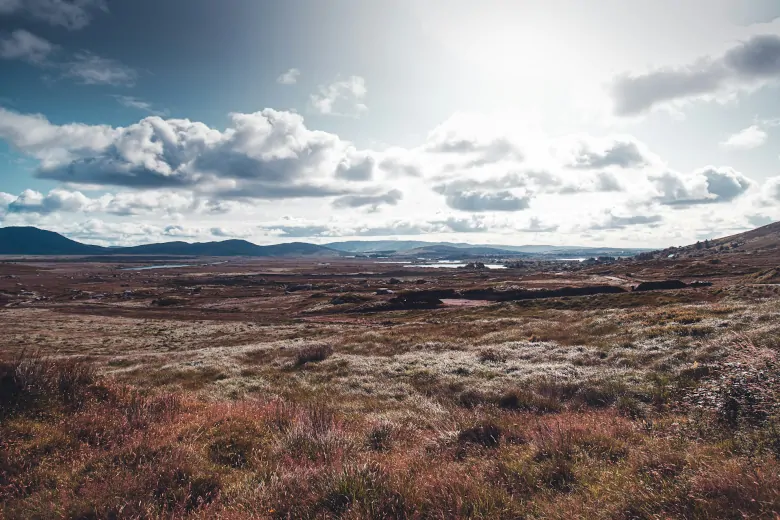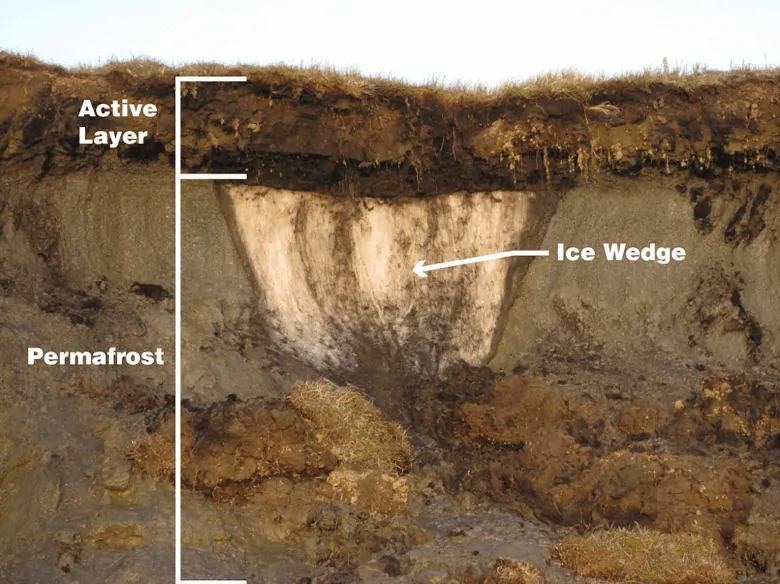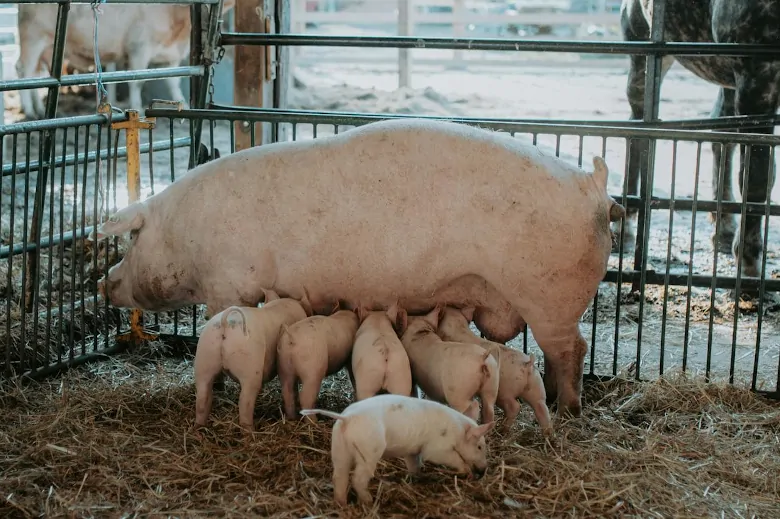Comprehension Cloze And Synthesis
In this article we will be covering the following topics as per the Primary 6 English level, while also keeping in mind the PSLE.
- Comprehension Cloze
- Identifying collocations
- What is the difference between hibernation and sleep?
- Synthesis and Transformation
- Word form transformation
Techniques
Approaching the comprehension cloze section:
- Always read the passage more than once.
- During the first reading, do not fill in any blanks. Understand what the passage is about and focus on reading carefully.
- While reading it a second time, start filling in the blanks using the contextual clues as a guide.
- Check your answers. Make sure you have filled in the most appropriate word(s) and check for accuracy in spellings and use of tenses.
Example 1:
Finding collocations through contextual clues
Take a look at the water in your glass. It is refreshing, hydrating, and important for your survival. Before you take a sip though, how do you know that the water inside is (1) …….. from disease-causing organisms and pollutants?
Answer:
free
Explanation:
Contextually, we know that people generally do not want their water to contain any disease-causing organisms or pollutants.
Using the preposition “from” as our main clue, we must choose a verb that collocates with “from” which shows that there is an “absence of” these organisms and pollutants in the water.
Collocation is a word that goes with another word.
For example, quick and fast: Both mean the same thing. But when we have to find the collocation for the word ‘food’, we always use ‘fast food’ and NOT ‘quick food’.
In the given question, we need to find a word that goes with ‘from’.
So we will use “free from”.
Example 2:
Finding collocations through contextual clues
One out of ten people in the world cannot actually be sure that their water is clean and safe to drink. Why is that? Inadequate sanitation, poor protection of drinking water sources, and improper hygiene often (2) __________ to sewage and faeces-contaminated water.
Answer:
lead
Explanation:
Contextually, we know that inadequate sanitation, poor protection of drinking water sources and improper hygiene are the main causes of sewage and faeces-contaminated water.
While choosing a phrasal verb “__________ to” which shows causation, we also must be aware that there are THREE factors to consider. Thus, we choose the verb which agrees to a plural subject (i.e no suffix ‘-‘s’)
The answer is thus “lead to”.
Example 3:
Finding collocations through contextual clues
According to a UN report in 2010, microbial water-borne illnesses (3) __________ more people per year than war. Proper treatment processes, though, can address these threats.
Answer:
killed
Explanation:
Contextually, we know that war and diseases share one thing in common - they cause deaths. Thus, it is necessary to choose a verb that shows that these microbial water-borne illnesses are responsible for causing more deaths than war.
The year ‘2010’ also indicates that the answer must be in the past tense as this report was written more than 10 years ago.
The word that fits here is “killed”.
Practice Questions
Question 1:
Passage:
What is the difference between hibernation and sleep?
Excerpt:
On board the spacecraft, astronauts pre-set the timer; enclose themselves into capsules, and fall into a deep hibernation that will carry them several hundred years into the future. This is a familiar scene in many sci-fi films, but could humans actually hibernate in real (1) __________?
Which of these options contains the correct answer?
- which, such, in, nap
- life, giving, believed, breath
- temperature, survival, drops, made
- questions, prepares, discovered, enough
Answer:
(2)
Explanation:
real life
Question 2:
Passage:
What is the difference between hibernation and sleep?
Excerpt:
Researchers interested in this (2) __________ turn to the animal kingdom, where hibernation is common, occurring in over 200 species.
Which of these options contains the correct answer?
- which, such, in, nap
- life, giving, believed, breath
- temperature, survival, drops, made
- question, prepares, discovered, enough
Answer:
(4)
Explanation:
(2) this question
Question 3:
Passage:
What is the difference between hibernation and sleep?
Excerpt:
Take the arctic ground squirrel, (3) __________ is native to the North American tundra and northern Russia.
Which of these options contains the correct answer?
- which, such, in, nap
- life, giving, believed, breath
- temperature, survival, drops, made
- questions, prepares, discovered, enough
Answer:
(1)
Explanation:
(3) which is native
Tundra: an extremely cold, treeless region, mostly north of the Arctic Circle. Only a unique variety of animals can survive in such an environment.

Image Credit: unsplash - Kevin Bosc
Question 4:
Passage:
What is the difference between hibernation and sleep?
Excerpt:
This animal burrows beneath the permafrost and slips into a state of hibernation, its body (4) __________ plummeting to a frigid -2.9 degree Celsius.
Which of these options contains the correct answer?
- which, such, in, nap
- life, giving, believed, breath
- temperature, survival, drops, made
- questions, prepares, discovered, enough
Answer:
(3)
Explanation:
body (4) temperature plummeting
permafrost: an area of land that is permanently frozen beneath the surface.

Image Credit: Benjamin Jones, USGS. - The Layers Of Permafrost
Question 5:
Passage:
What is the difference between hibernation and sleep?
Excerpt:
Others, like the female black bear, can multitask, (5) __________ birth and lactating while they are hibernating through the winter.
Which of these options contains the correct answer?
- which, such, in, nap
- life, giving, believed, breath
- temperature, survival, drops, made
- questions, prepares, discovered, enough
Answer:
(2)
Explanation:
(5) giving birth and lactating
Lactating: Breastfeeding (only mammals can do this).
- Breastfeeding is positively associated with performance in IQ tests.
- The content of human milk relates to circadian rhythms.
- Human breast milk protects against obesity and type II diabetes.

Image Credit: pexels - Luke Miller
Question 6:
Passage:
What is the difference between hibernation and sleep?
Excerpt:
The fat-tailed dwarf lemur (6) __________ for its long dormancy by gorging on food and storing the majority of its fat reserves in its tail, doubling its body weight.
Which of these options contains the correct answer?
- which, such, in, nap
- life, giving, believed, breath
- temperature, survival, drops, made
- questions, prepares, discovered, enough
Answer:
(4)
Explanation:
Lemur (6) prepares for its long dormancy
Dormancy - the state of having normal physical functions suspended or slowed down for a period of time.
Question 7:
Passage:
What is the difference between hibernation and sleep?
Excerpt:
After Hibernation, it emerges looking down as svelte as ever. So why do these animals go to (7) __________ extremes?
Which of these options contains the correct answer?
- which, such, in, nap
- life, giving, believed, breath
- temperature, survival, drops, made
- questions, prepares, discovered, enough
Answer:
(1)
Explanation:
Go to (7) such extremes
Question 8:
Passage:
What is the difference between hibernation and sleep?
Excerpt:
Hibernation is a necessity, a (8) __________ tactic for making it through the harsh winter months, when dwindling food and water reserves threaten survival.
Which of these options contains the correct answer?
- which, such, in, nap
- life, giving, believed, breath
- temperature, survival, drops, made
- questions, prepares, discovered, enough
Answer:
(3)
Explanation:
a (8) survival tactic
Question 9:
Passage:
What is the difference between hibernation and sleep?
Excerpt:
For many years, experts (9) __________ hibernation happened only in arctic and temperate environments.
Which of these options contains the correct answer?
- which, such, in, nap
- life, giving, believed, breath
- temperature, survival, drops, made
- questions, prepares, discovered, enough
Answer:
(2)
Explanation:
experts (9) believed hibernation
Question 10:
Passage:
What is the difference between hibernation and sleep?
Excerpt:
But more recently, they have (10) __________ animals hibernating even in arid deserts and tropical rainforests.
Which of these options contains the correct answer?
- which, such, in, nap
- life, giving, believed, breath
- temperature, survival, drops, made
- questions, prepares, discovered, enough
Answer:
(2)
Explanation:
have (10) believed
Question 11 & 12:
Passage:
What is the difference between hibernation and sleep?
Excerpt:
As hibernation kicks (11) __________, animals’ heartbeat usually slows to about 1 to 3% of their original speed, like that of dwarf lemur’s which (12) __________ from its usual 180 beats per minute to just around four.
Which of these options contains the correct answer?
- which, such, in, nap
- life, giving, believed, breath
- temperature, survival, drops, made
- questions, prepares, discovered, enough
Answer:
(11) - 1;
(12) - 3
Explanation:
kicks (11) in
which (12) drops from its usual
Question 13:
Passage:
What is the difference between hibernation and sleep?
Excerpt:
Breathing also declines dramatically, to just one (13) __________ every 10 to 21 minutes in the lemur’s case.
Which of these options contains the correct answer?
- which, such, in, nap
- life, giving, believed, breath
- temperature, survival, drops, made
- questions, prepares, discovered, enough
Answer:
(2)
Explanation:
To just one (13) breath every 10 to 21 minutes
Question 14:
Passage:
What is the difference between hibernation and sleep?
Excerpt:
Most hibernators, like the black bear, do not urinate or defecate during the whole hibernation season. Hibernating animals appear to stay alive by having just (14) __________ blood and oxygen moving around their bodies.
Which of these options contains the correct answer?
- which, such, in, nap
- life, giving, believed, breath
- temperature, survival, drops, made
- questions, prepares, discovered, enough
Answer:
(4)
Explanation:
having just (14) enough blood and oxygen
Synthesis And Transformation
Let us now learn about the transformation from one-word class to another.
Word Class Transformation
- Four main word classes - noun, verb, adjective, and adverb.
- Verb to Noun, Adjective to Noun, and Adverb to Adjective are the most commonly tested transformations.
Identifying Word Class
| Noun | Verb | Adverb | Adjective |
| disgust | disgust | disgustingly | Disgusted |
| exercise | Exercised | regularly | exercisable |
| speak | Spoke | fluently | spoken |
| walk | Walks | walkable | walking |
| doubtfulness | doubt | Doubtful manner | Doubtful |
Conclusion
In this article we learned about:
- Comprehension Cloze
- Identifying collocations
- What is the difference between hibernation and sleep?
- Synthesis and Transformation
- Word form transformation
This is a very important topic taking into consideration the PSLE. We would encourage you to practice this thoroughly and do more word-class transformation questions. Do remember to read the comprehension passages over and over to understand the context properly, and do not hurry to fill up the blanks.
 SG
SG  VN
VN 












